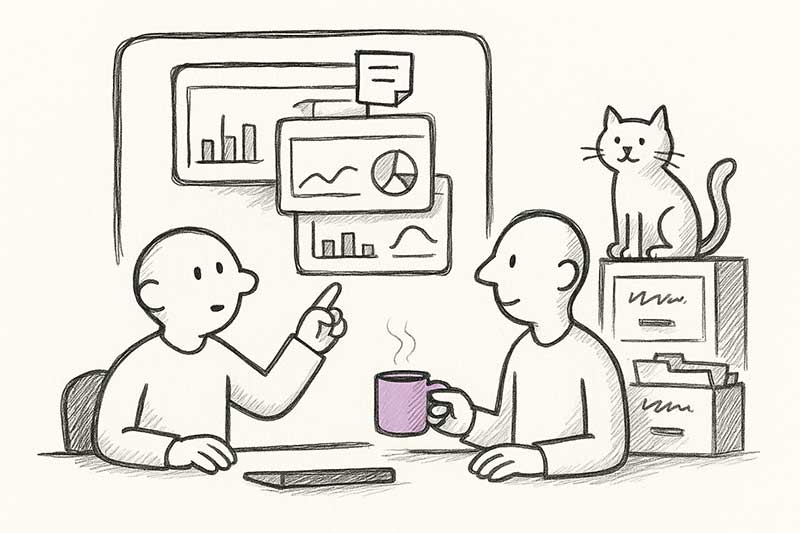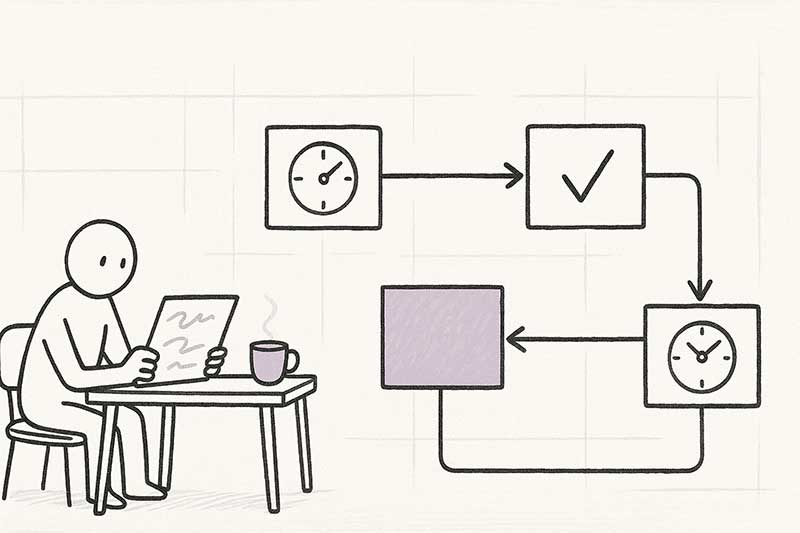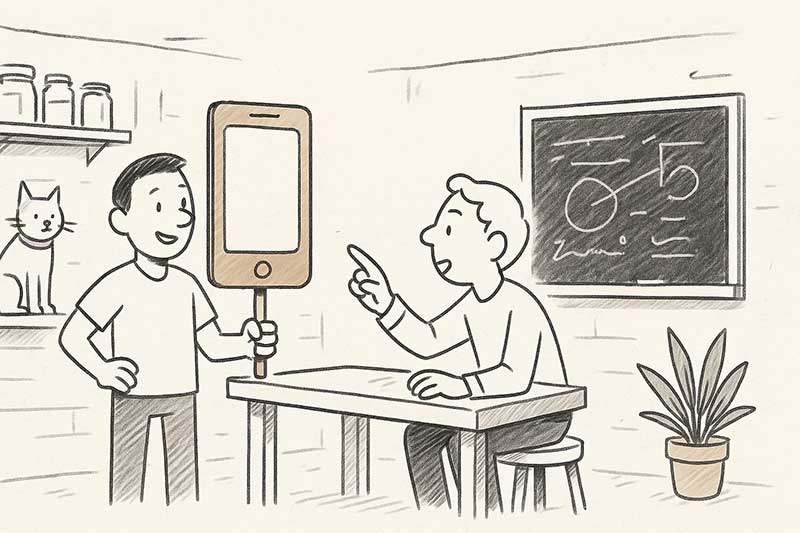Learning from Famous Data Visualizations
5 Famous Data Visualizations That Changed the Game (and What They Teach Us)
Data visualization is the art and science of transforming raw data into compelling stories that inform, persuade, and inspire action. Throughout history, certain visualizations have not only revolutionized how we interpret information but have also changed the course of industries, healthcare, and society itself. These iconic examples teach us invaluable lessons about the power of visual storytelling, clarity, and innovation.
Let’s delve into five legendary data visualizations, uncover their significance, and explore how they inform best practices for creating impactful visualizations today.
Famous Data Visualizations Key Takeaways
Florence Nightingale’s Rose Diagram
 {.img-fluid .rounded}
{.img-fluid .rounded}
What it is:
Florence Nightingale’s "Rose Diagram" (or Coxcomb Chart) is a cornerstone of visual data communication. Created in the 1850s, it visualized mortality rates in British army hospitals, highlighting preventable deaths due to poor sanitation. The diagram’s impactful design persuaded policymakers to implement life-saving reforms in military healthcare.
Key Takeaways:
- Visual storytelling is transformative: Nightingale turned raw statistics into a narrative that spurred change.
- Purpose-driven design: The Rose Diagram emphasized preventable deaths, making the problem undeniable.
- Focus on impact: Choosing a chart type that supports your message is crucial for effective communication.
John Snow’s Cholera Map{.mt-5}
 {.img-fluid .rounded}
{.img-fluid .rounded}
What it is:
John Snow’s 1854 map of cholera cases in London revolutionized public health. By mapping outbreaks around a single contaminated water pump, Snow disproved the "bad air" theory and demonstrated that waterborne pathogens caused the disease.
Key Takeaways:
- Geospatial data uncovers insights: Maps can reveal trends and patterns that raw data cannot.
- Simplicity drives clarity: Snow’s straightforward map showcased the power of minimalism in visual communication.
Minard’s Map of Napoleon’s Russian Campaign{.mt-5}
 {.img-fluid .rounded}
{.img-fluid .rounded}
What it is:
Charles Minard’s 1869 map visualizing Napoleon’s ill-fated 1812 invasion of Russia is a masterpiece of data storytelling. The chart integrates multiple dimensions—geography, army size, temperature, and time—offering a holistic view of the campaign’s tragic losses.
Key Takeaways:
- Combine variables creatively: Effective visuals can integrate multiple data points into a cohesive narrative.
- Think beyond conventions: Unique formats often resonate better than standard charts.
Gapminder’s Bubble Charts by Hans Rosling{.mt-5}
 {.img-fluid .rounded}
{.img-fluid .rounded}
What it is:
Hans Rosling’s Gapminder brought global development data to life with interactive bubble charts. By animating trends in life expectancy, income, and population over time, Rosling made complex global issues accessible to all.
Discover more about Hans Rosling’s Gapminder on gapminder.org
Key Takeaways:
- Interactivity boosts engagement: Dynamic elements help audiences connect with data.
- Emphasize trends over time: Showing progress and change makes data more relatable and actionable.
The London Underground Map by Harry Beck{.mt-5}
 {.img-fluid .rounded}
{.img-fluid .rounded}
What it is:
In 1931, Harry Beck revolutionized how people navigate transportation networks with his iconic London Underground map. Unlike traditional geographical maps, Beck's design prioritized simplicity and clarity, using straight lines, color coding, and equidistant stations to help commuters quickly understand the layout of the subway system.
Key Takeaways:
- Prioritize user experience: Beck’s map focused on usability over geographic accuracy, making it a timeless tool for millions.
- Simplify complexity: Breaking down intricate systems into digestible visuals can enhance comprehension and accessibility.
- Innovate with purpose: Challenging conventional methods can lead to groundbreaking solutions when centered around audience needs.
Lessons and Best Practices for Data Visualization
Start with the story:
Before choosing a chart or visualization tool, clarify what you want to communicate. A strong narrative ensures your visuals have purpose and direction.
Match visualization to data:
Each dataset has an optimal way of representation. Whether it’s a pie chart, heatmap, or line graph, the choice should align with the message you want to convey.
Focus on simplicity:
Cluttered visuals can confuse more than they clarify. Aim for clean designs with clear labels, concise legends, and focused color palettes.
Leverage interactivity:
Interactive charts and dashboards, like those from Gapminder, invite audiences to explore data, making it more engaging and memorable.
Stay adaptable:
Modern data visualization demands responsiveness to changing data and contexts. Keep your visuals updated and relevant.
Conclusion
From Florence Nightingale’s healthcare reforms to Hans Rosling’s global development insights, these famous data visualizations remind us of the transformative power of effective storytelling. By focusing on clarity, creativity, and purpose, today’s data professionals can create visuals that not only inform but also inspire.
Learn from the legends of data visualization, and transform your reports and dashboards into tools that drive understanding, action, and change.
FAQs
What makes a data visualization effective?
Effective visualizations are clear, purposeful, and tailored to the audience. They combine relevant data, thoughtful design, and compelling storytelling.
Why is simplicity important in data visualization?
Simplicity enhances comprehension by reducing distractions. Clear visuals allow viewers to focus on key insights without getting lost in unnecessary details.
What role does interactivity play in modern visualizations?
Interactive elements engage audiences by allowing them to explore and interpret data, leading to a deeper understanding and greater retention of insights.
How can I choose the right chart for my data?
Consider the type of data and the story you want to tell. For example, use line charts for trends, bar charts for comparisons, and maps for geographic data.
What tools are best for creating impactful data visualizations?
Popular tools include Tableau, Power BI, Excel, and Python libraries like Matplotlib and Seaborn. Choose a tool that aligns with your data and audience needs.
How can I ensure my visualizations are accessible to all audiences?
Use clear labels, high-contrast colors, and alternative text for screen readers. Avoid relying solely on color to convey information.


